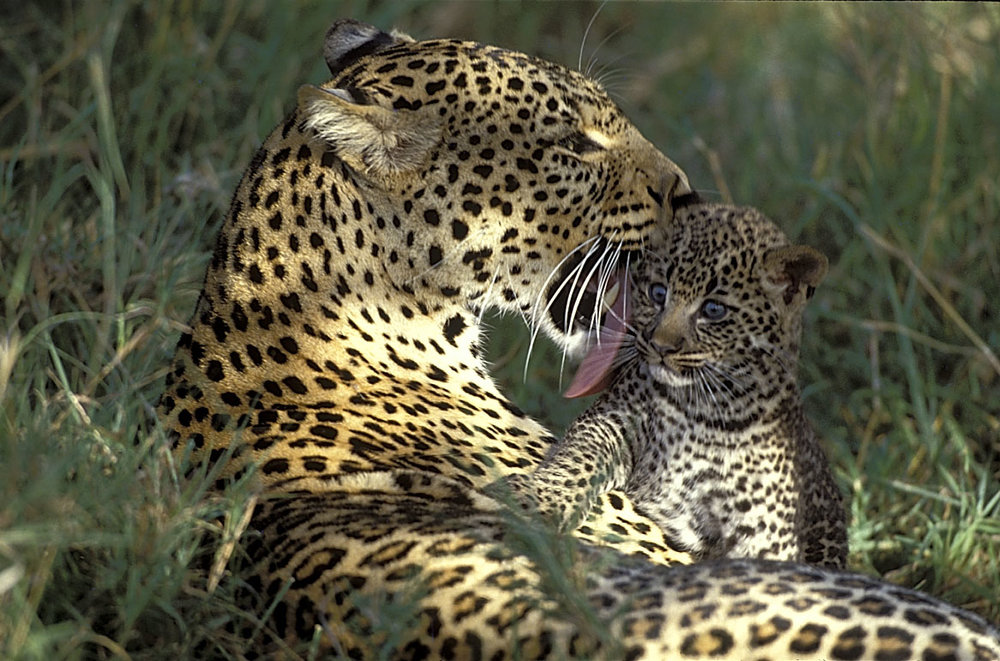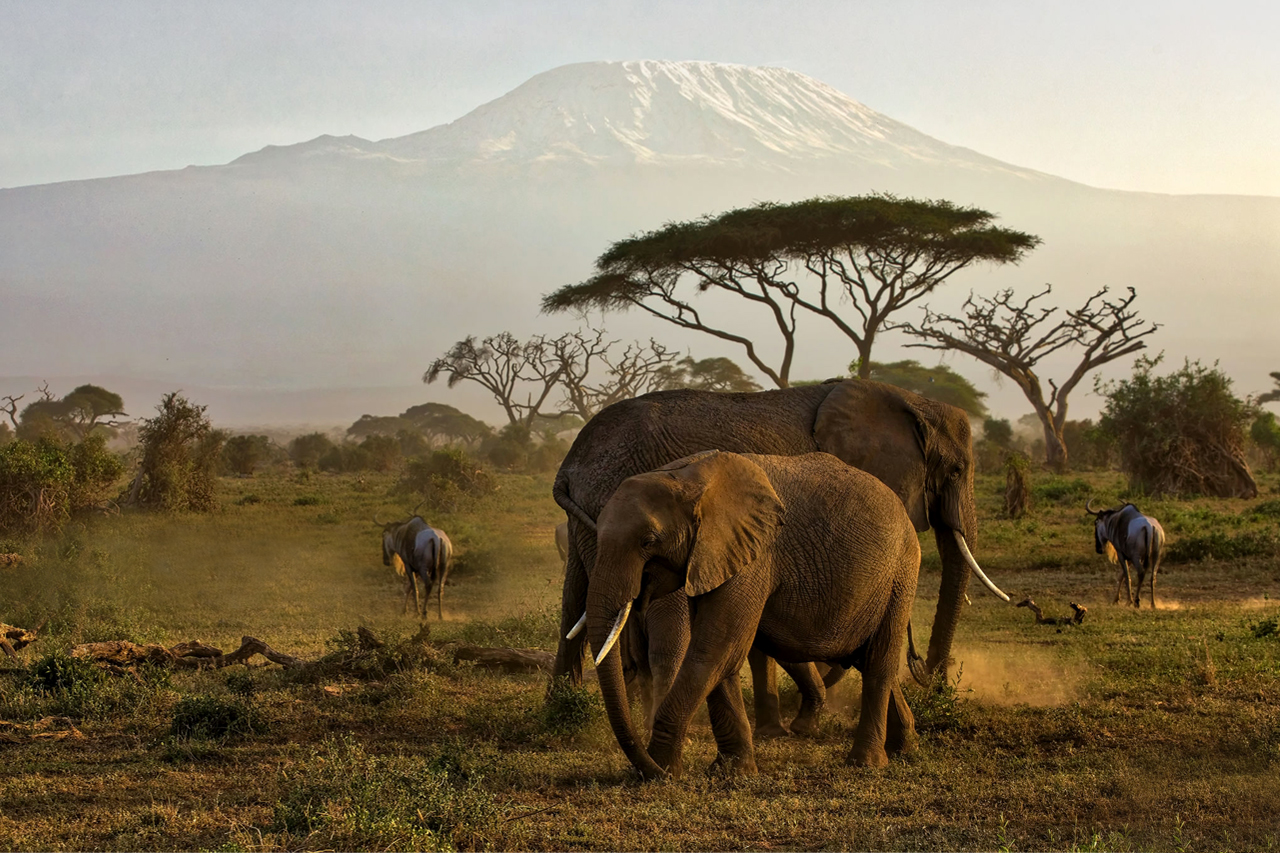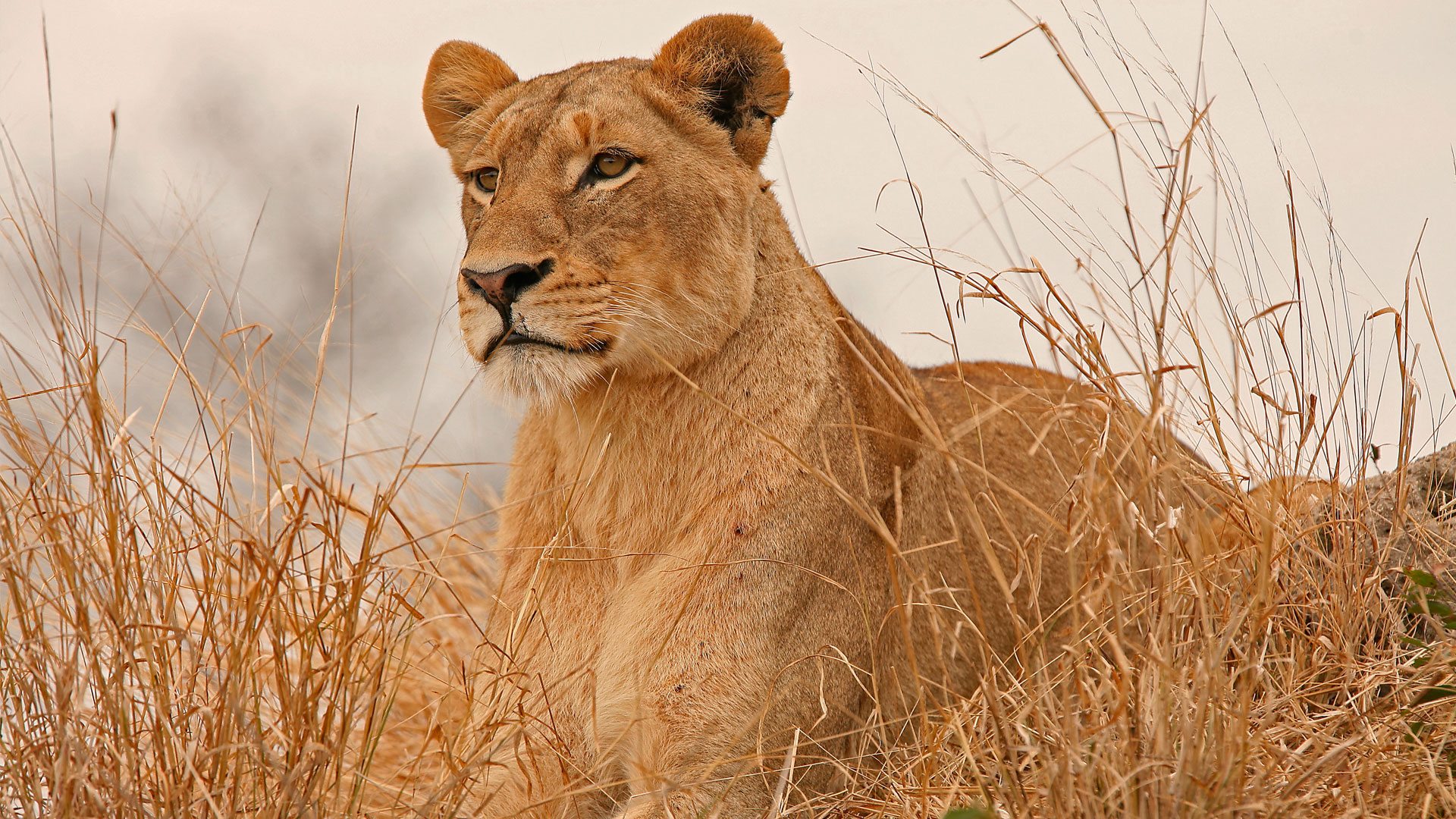
The Ultimate Guide to Big Five Safaris in Kenya: Where to Go
The Ultimate Guide to Big Five Safaris in Kenya: Where to Go. When planning a safari in Kenya, nothing quite matches the thrill of encountering the Big Five. The Big Five—lion, elephant, buffalo, leopard, and rhinoceros—are some of the most majestic animals in the African wilderness. Kenya, with its sweeping savannas, diverse ecosystems, and well-protected national parks. Offers an unparalleled experience for those seeking to witness these iconic creatures. In this detailed guide, we explore where to go for the best Big Five safaris in Kenya. Thus ensuring you know exactly what to expect as you plan your adventure.

-
Maasai Mara National Reserve: The Heart of Big Five Safaris
Undoubtedly, the Maasai Mara is Kenya’s crown jewel for safari enthusiasts, and it offers perhaps the most famous opportunity to spot the Big Five. Located in the southwestern part of the country. This vast reserve covers over 1,500 square kilometers of open plains, woodlands, and riverine forests. As one of the richest wildlife habitats in the world. The Maasai Mara is home to healthy populations of lions, elephants, buffalo, and leopards, and it is one of the few places in Africa where you stand a good chance of seeing rhinos in the wild.
Why Maasai Mara is a Top Choice
- The Great Migration: The Maasai Mara is particularly renowned for the annual Great Migration. Which sees millions of wildebeests, zebras, and gazelles cross from the Serengeti into the Mara. Predators, including lions and leopards, follow closely behind. Thus providing a spectacular opportunity to witness dramatic wildlife interactions.
- Iconic Lion Sightings: The open savannas of the Mara are lion territory. From large prides lounging in the sun to watching these predators on the hunt, lions are a common sight. The Mara’s lions are famous for being relatively easy to spot.
- Varied Safari Options: Whether you choose a traditional game drive, a walking safari with a Maasai guide, or even a hot air balloon ride, Maasai Mara ensures a close and immersive experience with the Big Five.
Best Time to Visit
The Maasai Mara is a year-round destination, but the dry season, from July to October, is ideal as the Great Migration is at its peak, and wildlife congregates around water sources, making animal sightings easier.
-
Amboseli National Park: The Best Elephant Viewing
Amboseli National Park, located in the shadow of Mount Kilimanjaro, offers another outstanding safari experience, particularly if you are drawn to elephants. Known as the “Land of Giants,” Amboseli is one of the best places in Africa to view large herds of elephants up close. The contrast of the elephants against the backdrop of Africa’s tallest mountain is a sight you won’t forget.
What Makes Amboseli Special?
- Elephants Galore: Amboseli is home to over 1,600 elephants, many of which are incredibly habituated to human presence. Visitors can often witness elephants in large herds, including calves, playing in the swamps and feeding on the rich grasses of the plains.
- Spectacular Scenery: The park’s diverse landscapes, from its open plains to its acacia woodlands and marshes, provide varied habitats that attract the Big Five. The dramatic view of Mount Kilimanjaro, especially at sunrise and sunset, enhances the photographic opportunities.
- Leopards and Lions: While elephants dominate the landscape, lions and leopards can also be found here. Although leopards are elusive, the dense woodlands and riverside thickets make this a great habitat for these big cats.
Best Time to Visit
Amboseli is most rewarding during the dry season, which runs from June to October. The dry conditions force wildlife to gather around permanent water sources, offering high chances for sightings of the Big Five.
-
Tsavo National Parks: The Untamed Wilderness
Divided into Tsavo East and Tsavo West, these parks make up one of the largest national parks in the world, covering over 22,000 square kilometers. Tsavo is known for its wild, untamed feel and its variety of habitats, from semi-arid plains to volcanic hills and dense forests. It is a stronghold for elephants, particularly the famous “red elephants” of Tsavo, which get their unique color from the red dust of the region.
What You Can Expect in Tsavo
- Red Elephants: Tsavo’s elephants are often seen coated in a layer of red dust, giving them a striking appearance. This is one of the few places in the world where you can witness this phenomenon, and it offers a unique experience compared to other parks.
- Rhinos in Tsavo West: Tsavo West is one of the best places in Kenya to see black rhinos. The Ngulia Rhino Sanctuary within the park provides a safe haven for these endangered animals, giving you a better chance of spotting one.
- Untouched Wilderness: Unlike the Maasai Mara, Tsavo is much less commercialized. This means fewer crowds and a more intimate experience with nature. The park’s vastness allows for uninterrupted, peaceful game drives, where the Big Five roam free and undisturbed.
Best Time to Visit
Both Tsavo East and Tsavo West can be visited throughout the year, though the dry season (June to October) is again the best for Big Five viewing. During the rainy season, parts of the park can become impassable, and wildlife is more scattered.
-
Laikipia Plateau: Conservation and Luxury Combined
Situated to the north of Nairobi, Laikipia Plateau offers a unique Big Five safari experience. This region is made up of vast private conservancies, many of which are owned by local communities or private ranches. The area is known for its commitment to wildlife conservation and offers an exclusive, luxury safari experience. In Laikipia, you’ll find all of the Big Five species, including some of the largest populations of endangered black and white rhinos.
Why Laikipia is a Must-Visit
- Exclusive and Private: Laikipia’s private conservancies offer personalized, crowd-free safaris, allowing for a more intimate connection with the wildlife and the land. These private reserves also offer a range of safari activities, such as night drives, walking safaris, and horseback safaris.
- Rhino Conservation Success: The Ol Pejeta Conservancy, one of the most well-known in Laikipia. It is home to the largest population of black rhinos in East Africa. It is also the last place on earth where you can see the Northern White Rhino, with only two females remaining.
- Cultural Interaction: Many of Laikipia’s lodges are closely linked with local communities. Therefore offering visitors the chance to learn about Maasai and Samburu culture while supporting sustainable tourism.
Best Time to Visit
The dry season, from July to October, is the best time to visit Laikipia, as water sources dwindle and wildlife becomes easier to spot. However, Laikipia’s high altitude means it remains a good destination throughout the year.
-
Meru National Park: The Lesser-Known Gem
For those looking to escape the crowds and explore a more off-the-beaten-path destination. Meru National Park is an excellent choice. Located to the northeast of Mount Kenya, this park offers a pristine wilderness and is one of the best-kept secrets for viewing the Big Five. Meru’s diverse habitats, including rivers, woodlands, and swamps, support a thriving wildlife population.
Highlights of Meru National Park
- Rhinoceros Haven: Meru is home to the Rhino Sanctuary, where visitors have a good chance of spotting both black and white rhinos. The park’s commitment to rhino conservation makes it an important destination for those looking to see these critically endangered animals.
- Varied Wildlife: In addition to the Big Five, Meru boasts a wide range of other wildlife, including cheetahs, hippos, and over 300 bird species. This diversity makes every game drive a unique experience.
- Tranquility and Solitude: Meru is not as frequently visited as the Maasai Mara or Amboseli, so you can enjoy the wildlife in peace. The park’s remoteness adds to the adventure, and its beautiful landscapes make it one of Kenya’s most scenic parks.
Best Time to Visit
Meru National Park is best visited during the dry seasons, from January to March and July to October. The park is less accessible during the rainy months, but it remains lush and vibrant for those who can handle the challenge.

Conclusion
Kenya’s Big Five safaris offer an unmatched opportunity to immerse yourself in the natural beauty of Africa. From the iconic Maasai Mara to the lesser-known Meru National Park. Each destination presents a unique way to experience the majesty of the lion, elephant, buffalo, leopard, and rhinoceros. Whether you’re after an exclusive luxury experience or an untamed adventure. Kenya’s national parks and conservancies provide a perfect setting for every type of safari-goer. So, pack your bags and get ready for the adventure of a lifetime—Kenya awaits!
Related Posts;






